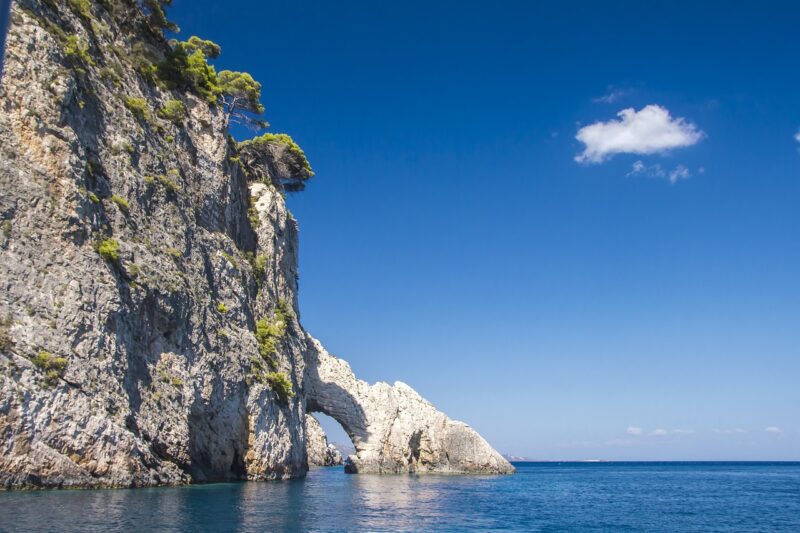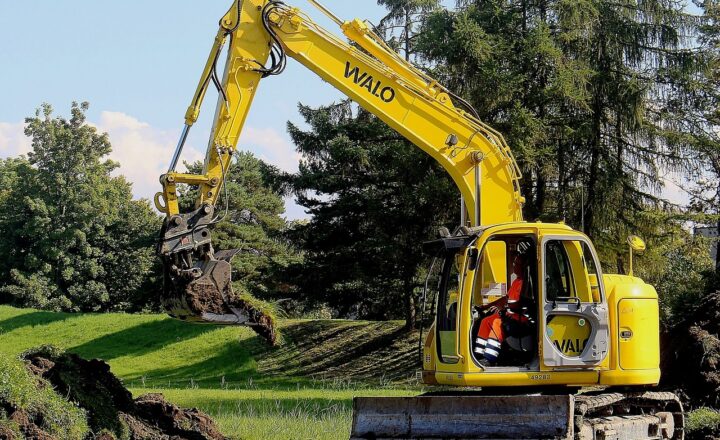
The Minoan civilization, one of the earliest and most advanced in the ancient world, flourished on the island of Crete from approximately 2600 to 1100 BC. Renowned for its impressive palatial architecture, vibrant artistry, and complex society, it has captured the interest of historians and archaeologists alike. However, by the end of the Late Bronze Age, this once-thriving civilization experienced a mysterious decline, leading to its eventual disappearance. This article delves into the factors that contributed to the abrupt collapse of the Minoan civilization, with a particular focus on the notion of a sudden catastrophe.
1. The Rise of the Minoan Civilization
The Minoans emerged around 3000 BC, rapidly developing a sophisticated society characterized by advanced architecture, art, and trade networks. Their principal city, Knossos, housed sprawling palaces adorned with frescoes and sculptures, displaying a rich cultural life. Minoans were skilled sailors and traders, establishing routes that spanned the Mediterranean, allowing for the exchange of goods and ideas.
However, their society was not solely based on commerce. Insights into Minoan life reveal a matriarchal structure, with evidence suggesting that female deities held a significant place in their religious practices. This social organization contributed to a rich and dynamic civilization capable of remarkable artistic and architectural achievements.
2. The Catastrophic Events: Natural Disasters & Their Impact
While multiple factors have been proposed regarding the Minoan collapse, the most widely accepted theory points to natural disasters as a triggering aspect. Evidence of destructive earthquakes and volcanic eruptions has been documented in the Aegean region during this timeframe, specifically focusing on the catastrophic eruption of Santorini (Thera) around 1600 BC. This eruption unleashed massive ash clouds and tsunamis, affecting coastal settlements and disrupting trade routes.
Historians argue that the resultant volcanic ash may have depleted agricultural lands, leading to food shortages. Additionally, the following tsunamis could have severely damaged coastal cities, including Knossos, resulting in infrastructure chaos and a sharp decline in Minoan international trade.
3. Socio-Political Factors in the Decline
As environmental stresses mounted, underlying socio-political issues may have exacerbated the Minoan civilization’s decline. The centralization of power may have made them particularly vulnerable to the shifts brought by catastrophes. The ensuing economic disruptions caused by natural disasters likely heightened tensions within society.
In bountiful times, the Minoans managed their resources effectively. Yet, as shortages arose, elite classes may have hoarded resources while the general populace suffered. Such disparities could have led to social unrest, creating a power vacuum that rival factions might exploit. Increasing instability might have catalyzed civil strife, resulting in the population losing faith in their leaders and traditions.
4. The Role of External Invaders
Though natural disasters played a crucial role, the intrusion of foreign powers also marked a pivotal period for the Minoans. Around 1450 BC, the Mycenaean civilization from mainland Greece began to rise, and archaeological evidence indicates that they not only traded with the Minoans but may have also stretched their influence through conquests.
The integration of Mycenaean culture into Minoan society is visible in artifacts and architectural designs from this era. However, this cultural intermingling does not rule out the possibility of conflict; it’s plausible that foreign invasions overwhelmed Minoan defenses already weakened by catastrophe and internal distrust. Some historians suggest that the Mycenaeans might have taken over key Minoan sites and manipulated remaining resources to their advantage.
5. The Aftermath: A Changed Landscape
By approximately 1100 BC, the remnants of the Minoan civilization faded from historical records. The combination of disastrous events, social unrest, and invasions led to a significant demographic change; significant portions of the population either perished or migrated to safer locations. As a result, the once-thriving cities became abandoned ruins and were slowly reclaimed by nature. The Minoans’ sophisticated art and literature disappeared, leaving behind enigmatic ruins that would puzzle explorers for centuries.
Interestingly, while the civilization itself vanished, aspects of Minoan culture persisted in the subsequent Mycenaean society, as they adopted architectural styles and artistic elements. This blend of cultures demonstrates the resilience of heritage, surviving through cultural adaptation even after societal collapse.
6. Legacy of the Minoans: Lessons from Collapse
The story of the Minoan civilization offers profound insights relevant to modern societies. The impacts of sudden catastrophes, be they natural or human-induced, speak to the fragility of complex societies. Today, as we grapple with climate change, resource depletion, and socio-political unrest, understanding the Minoan collapse may guide us in building resilience against potential future disasters.
Emphasizing sustainability, equitable resource management, and cooperative governance remains crucial for the longevity of modern civilizations. From the ashes of the Minoan civilization, valuable lessons can and must be taken to avoid a similar fate.
Conclusion
The Minoan civilization’s disappearance remains an enigma, intricately tied to a series of catastrophic events that shredded its thriving foundation. Through the interplay of natural disasters, socio-political strife, and external invasions, the once-great culture faded into history, leaving a rich legacy and a cautionary tale for future generations. As we reflect on their journey, we are reminded that civilization’s fabric is delicate—requiring vigilance and adaptability to survive.
In conclusion, while the origins of the Minoan collapse may never be decisively resolved, it is quintessential to keep searching for the truth hidden in the echoes of time. Only then can we recognize the markers of a thriving society and glean the wisdom to foster resilience in our own communities today.








